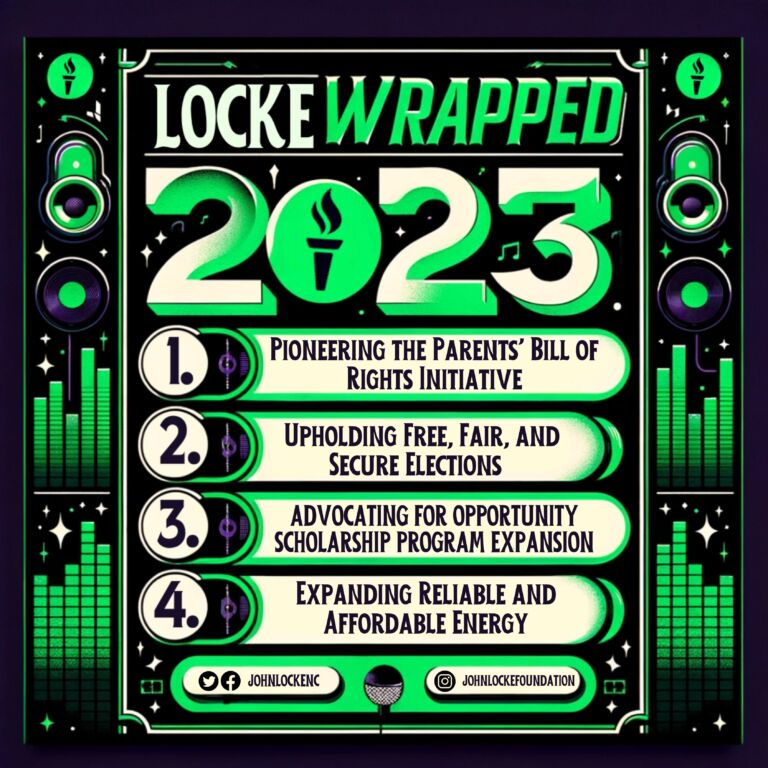This week, senior political analyst Mitch Kokai published an opinion piece in Carolina Journal on the breakdown of North Carolina’s Supreme Court justices’ decision records. Kokai writes:
You might expect a state Supreme Court with six Democrats and one Republican to end up with a lot of 6-1 decisions with the Republican on the losing end. That’s not been the typical scenario this year.
According to Kokai, unanimous decisions are not uncommon, and the justices rarely defect from the majority:
The Supreme Court has decided 41 cases through Aug. 16. Twenty-six of those cases have yielded unanimous rulings, including 10 cases with “per curiam” opinions credited to no individual author. A twenty-seventh case also produced a unanimous result, though Justice Anita Earls wrote a concurring opinion…
Through mid-August, two-thirds of this year’s cases have yielded unanimous rulings. And each justice — including the lone Republican — has sided with the majority at least 80% of the time.
Many of the justices agree with the majority over 90 percent of the time:
Justice Robin Hudson has sided with the majority in all 41 cases. New Chief Justice Cheri Beasley has voted with the majority 40 of 41 times (98%). The newest member, Justice Mark Davis, has voted with the majority in 17 of 18 cases (94%). Ervin and Justice Michael Morgan have voted with the “winning” side in 38 of 41 cases (93%).
On the other hand, Justices Earls and Newby are the least likely to agree with the majority, though they are still more likely to side with the majority than disagree:
Newby and Earls are the justices least likely to join the majority. Earls has voted with the majority in 30 of 36 cases (83%), while Newby has sided with the majority in 33 of 41 cases (80%). Subtract the unanimous opinions from Martin’s final days as chief justice, and Newby’s percentage drops below 78%.
Earls and Newby are also the least likely to agree with each other on the bench:
Beasley and Hudson have been most likely to agree in their rulings. On the same side in 40 of 41 cases, their agreement rate is 98%. In contrast, Earls and Newby agree least often, 23 of 36 times, or 64%.


